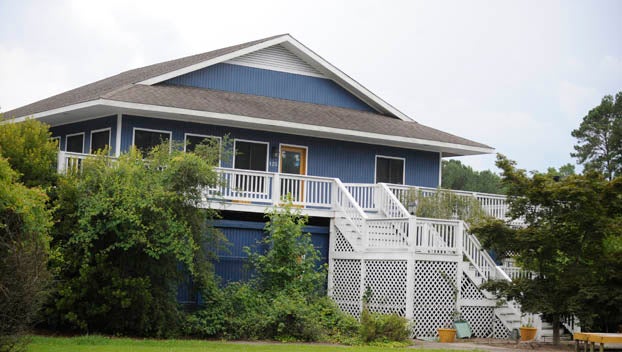University survey seeks public input on shoreline management
Published 7:47 pm Wednesday, August 21, 2019

- LIVING SHORELINE: Graduate students from East Carolina University and UNC Wilmington monitor a living shoreline in Summer 2018. (UNCW)
From University of North Carolina Wilmington
Researchers from East Carolina University and University of North Carolina Wilmington have collaborated to develop an online survey related to people’s experiences during Hurricane Florence and their experiences living on the coast in North Carolina. The survey is part of a larger study on the impacts of shoreline management strategies
North Carolina’s estuarine habitats provide a wide range of benefits from being nursery habitats to filtering water pollution, but are increasingly threatened by natural and human pressures. One of the greatest challenges for managing the coast is that drivers of habitat loss happen at different scales. For example, changes can be caused by short-term events, like hurricanes, or long-term from every day waves.
A suite of options exist to manage erosion, such as hard bulkheads and nature-based living shorelines, but research comparing the various options and their broader impacts is limited. This study seeks to better understand how people and habitats are impacted based on the shoreline management project near them. This study combines science from multiple disciplines, through geospatial, emerging low-cost remote sensing and aerial mapping technologies, waterfront homeowner surveys, and citizen science.
This study hopes to understand:
- Long-term patterns of shoreline and coastal habitat change;
- Identify socio-ecological mechanisms responsible for shoreline and habitat changes;
- Test citizen science-based approaches for future shoreline monitoring.
The survey can be accessed at tinyurl.com/NCCoastalSurvey2019
Resilience of North Carolina estuarine ecosystems is dependent upon coastal management decisions made now. The results of this study will directly inform future coastal management, serve as a mechanism to educate homeowners on shoreline conservation and management strategies and enable the development of long-term, cost-effective shoreline monitoring procedures that can be scaled up to state or region levels.





